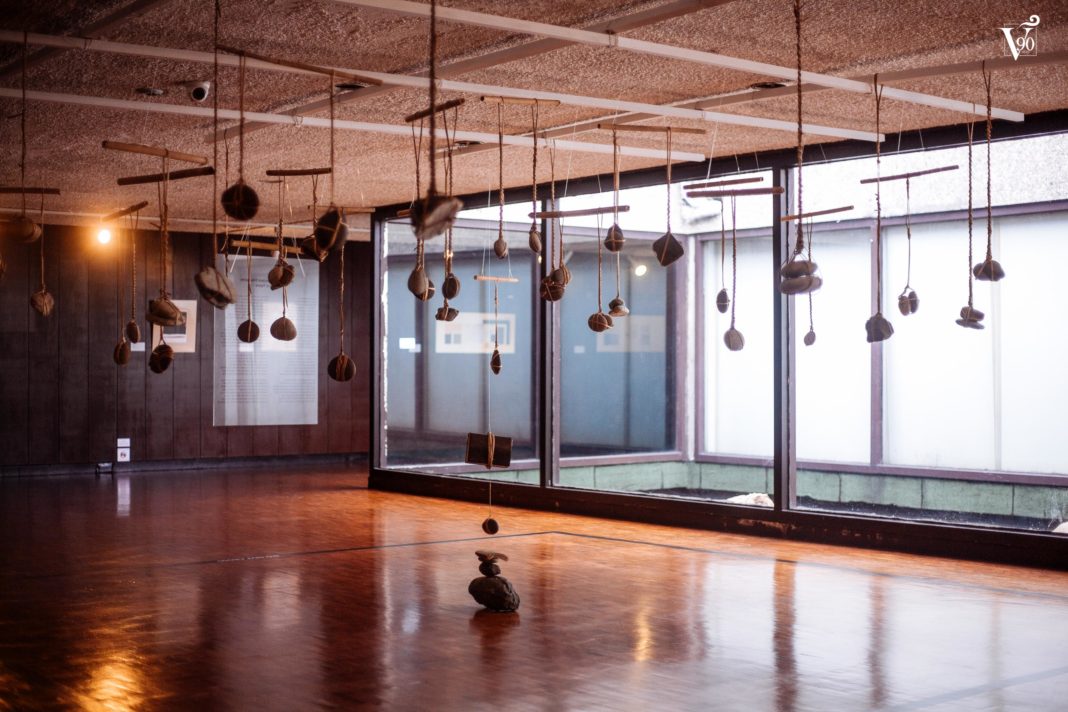THE CULTURAL Center of the Philippines mounted a grand retrospective exhibit in honor of the late Thomasian artist Alan Rivera, a pioneering installation artist, on Nov. 17, 2018 to Feb. 3, 2019.
The exhibit, “Continuum/ The Art of Alan Rivera,” featured some of Rivera’s installations as reconstructed by his peers and former students as well as Rivera’s self-portraits from the private collection of the Rivera family.
Rivera (1941-2015) was widely known for his installations which were mostly made from organic materials such as driftwood, branches, stones, wires and cloth.
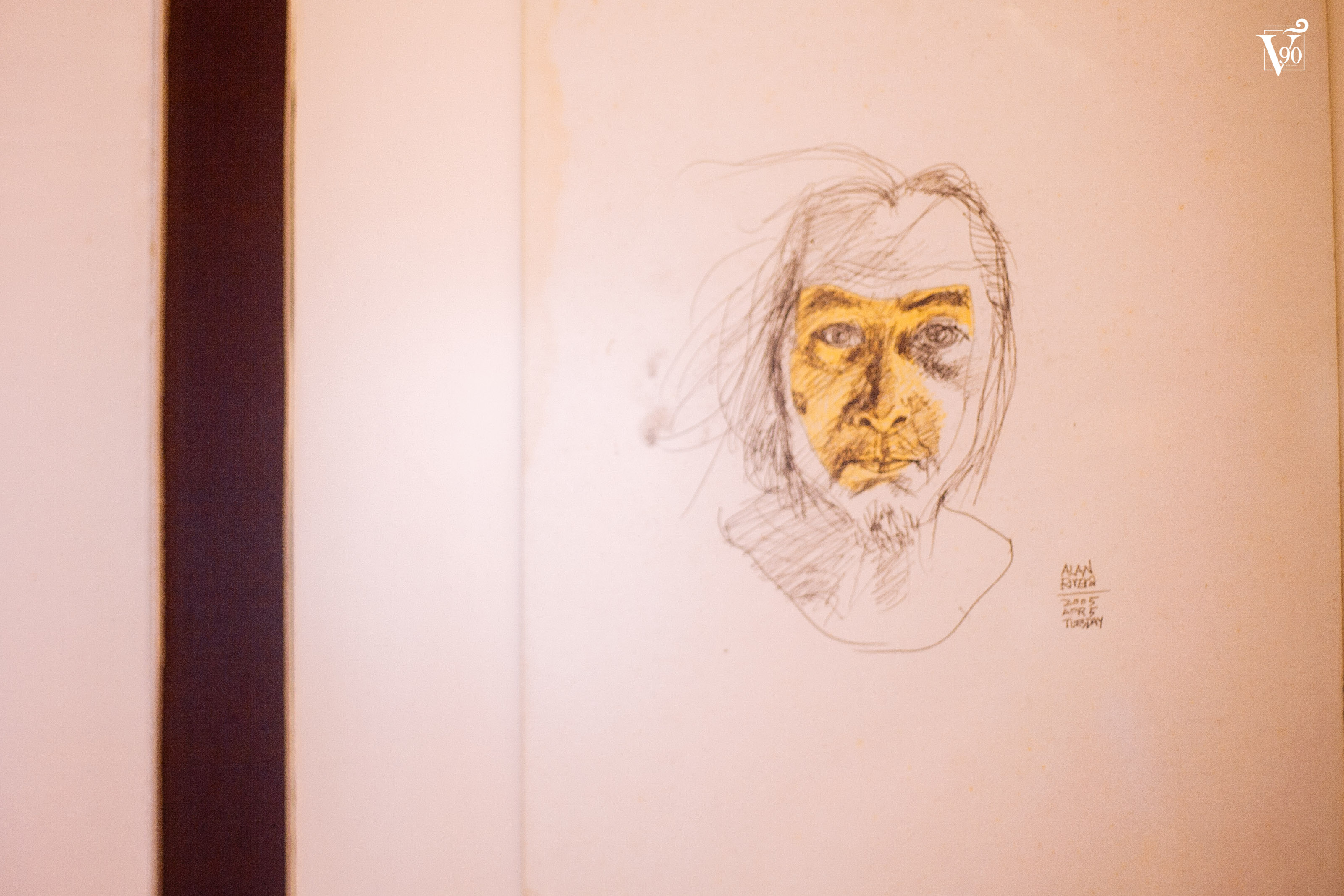
Lourdes Rivera, his wife, said the best way to honor her late husband was through the reconstruction of memories.
“The concept is generic to the posthumous definition of the exhibit…It took us three months to gather [all] archival documents,” she said in an online interview with the Varsitarian.
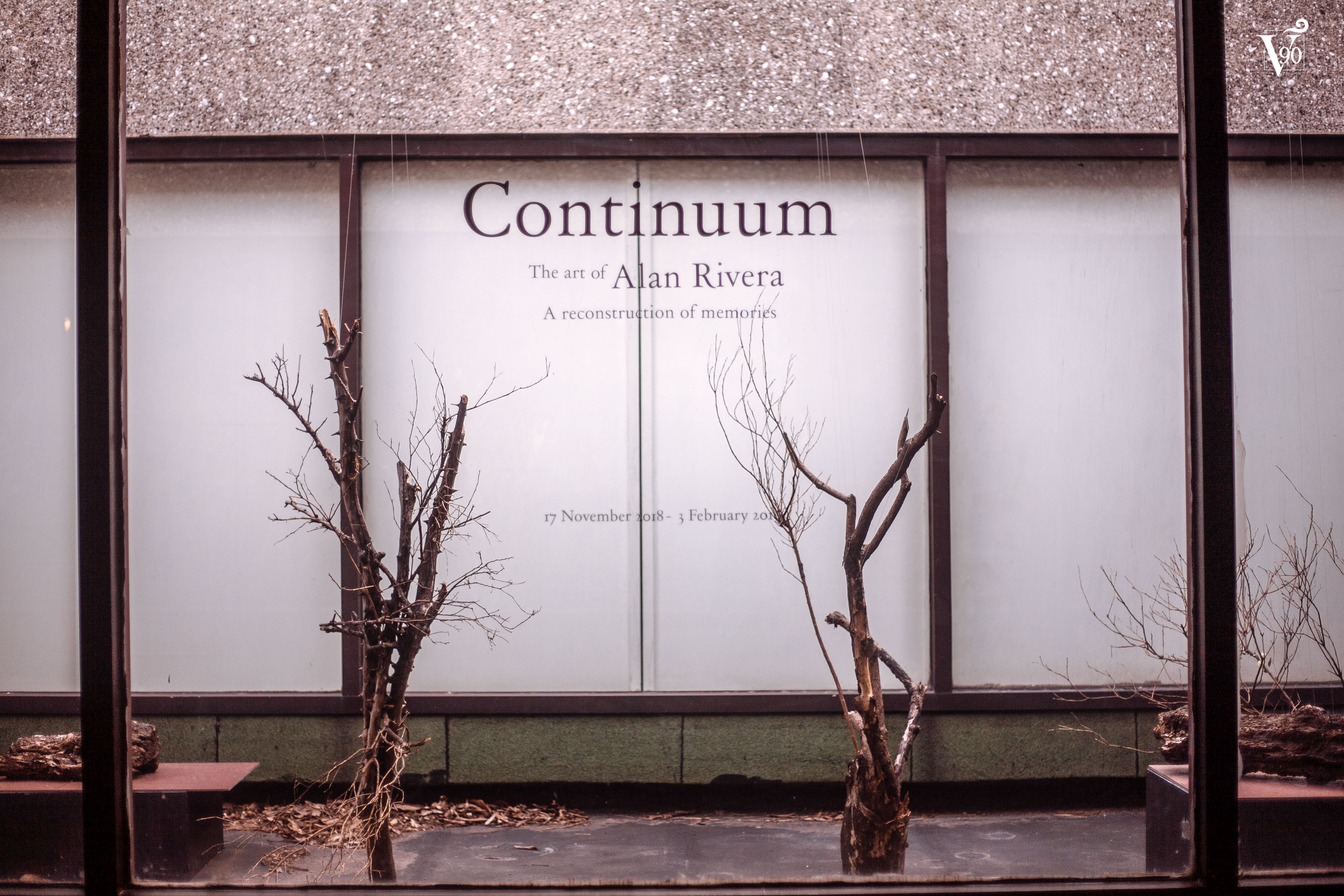
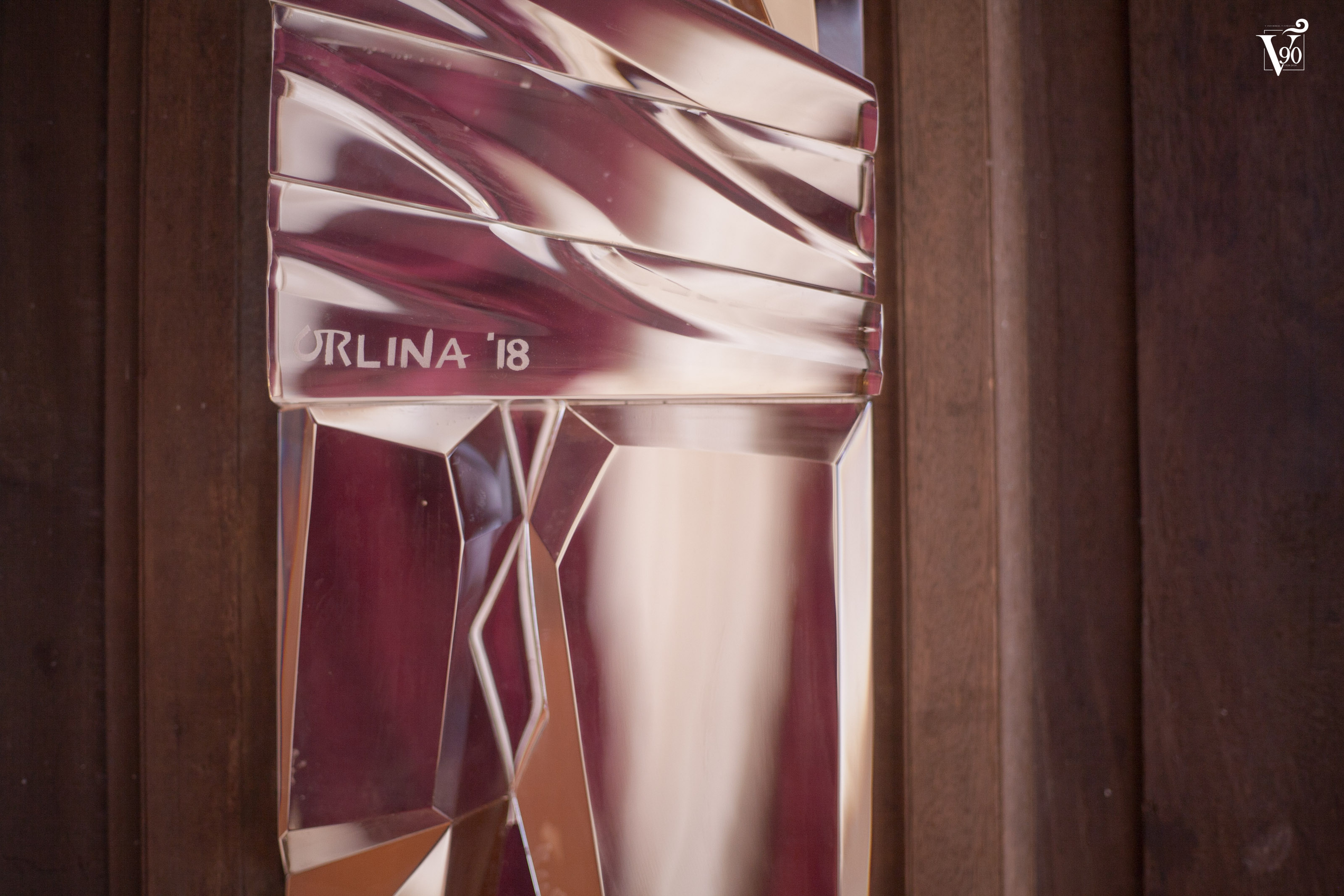
The works of Rivera largely tackled socio-political and environmental issues such as migration and deforestation.
Displayed along the exhibit entrance of the 4th floor atrium, Pasilyo Victorio Edades (Hallway Gallery) was “Once Upon A Time – This Earth Had Trees, Mountains, Lakes, Animals and Men” (1970), an installation of uprooted trees and dried leaves reconstructed by young artist Nika Dizon.
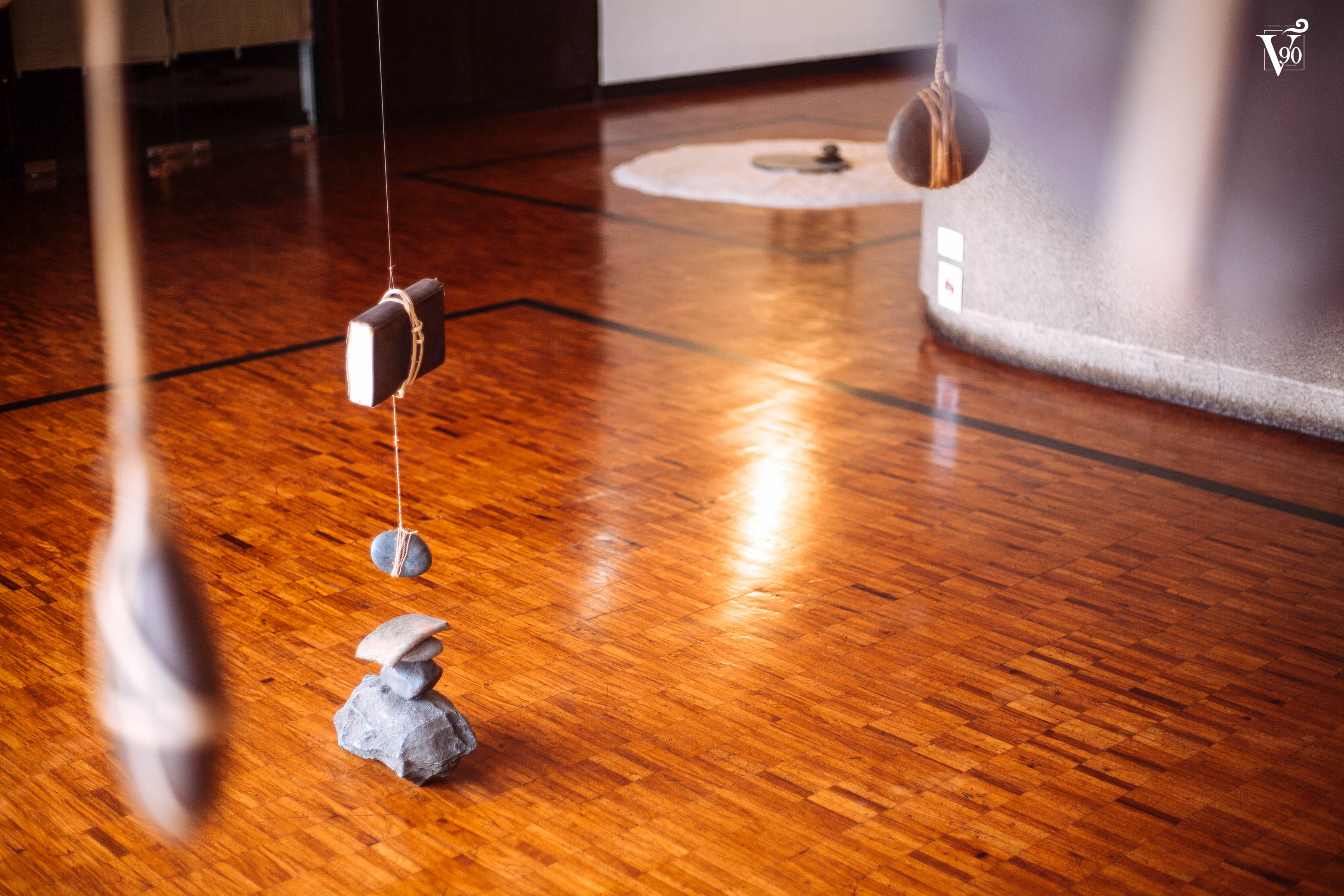
Another piece, “AIDS” (1993), recreated by Mark “Mcouy” Gonzales with the support of Thomasian artist Alfredo Esquillo of Eskinita Gallery, was a bust sculpture mounted on a wooden cross with a gauze and a spool of red thread at the bottom.
Thomasian sculptor Ramon Orlina and Rivera’s son Diego recreated one of Rivera’s masterpiece, “The Church of the Crucified Forms” (1992), a glass sculpture of Jesus on the cross along with pieces of wood hanging behind it.
Rivera’s fascination with eastern “Zen” philosophy were shown in “The Gospel According to Zen,” a yellow circle of sand with a cement slab in the middle.
The original piece was first mounted in 1992 as part of Rivera’s two-man exhibit with Alwin Reamillo in Australia.
The artists who reconstructed Rivera’s works held fundraising exhibits in order to raise money to cover the costs of the installations.
“The [exhibit] presented here is a showcase of the generosity of the spirit of these artists from both ends of Rivera’s personal and professional spectrum,” said Rica Estrada, head of the CCP visual arts and museum.
“[It also] aims to show this young audiences the diverse works of Alan Rivera and how he was one of the early Filipino artists that worked with installation and concept-based art,” she added.
Rivera took up architecture at the old College of Architecture and Fine Arts in 1963. Architecture sparked his interest in exploring different materials and disciplines in making installations.
“Architecture took meaning in his art; his installations circumvent its motion, the materials used and its permanent presence. Alan loved conceptualizing architectural plates as much as he hated math,” said Lourdes Rivera.
He was a recipient of the Thirteen Artists Awards in 1972 along with fellow Thomasians Danilo Dalena, a former art editor of the Varsitarian, and Justin Nuyda.
Rivera, with Thomasian artist and first CCP curator Roberto Chabet, who helped establish the CCP Thirteen Artists Awards, also formed “Shop No. 6,” a group of artists who made waves in the art scene in the ‘70s.
Among the members of the progressive group were Joy Dayrit, Joe Bautista, Rodolfo Gan, Yolanda Laudico, Fernando Modesto, Boy Perez, and Dalena.


